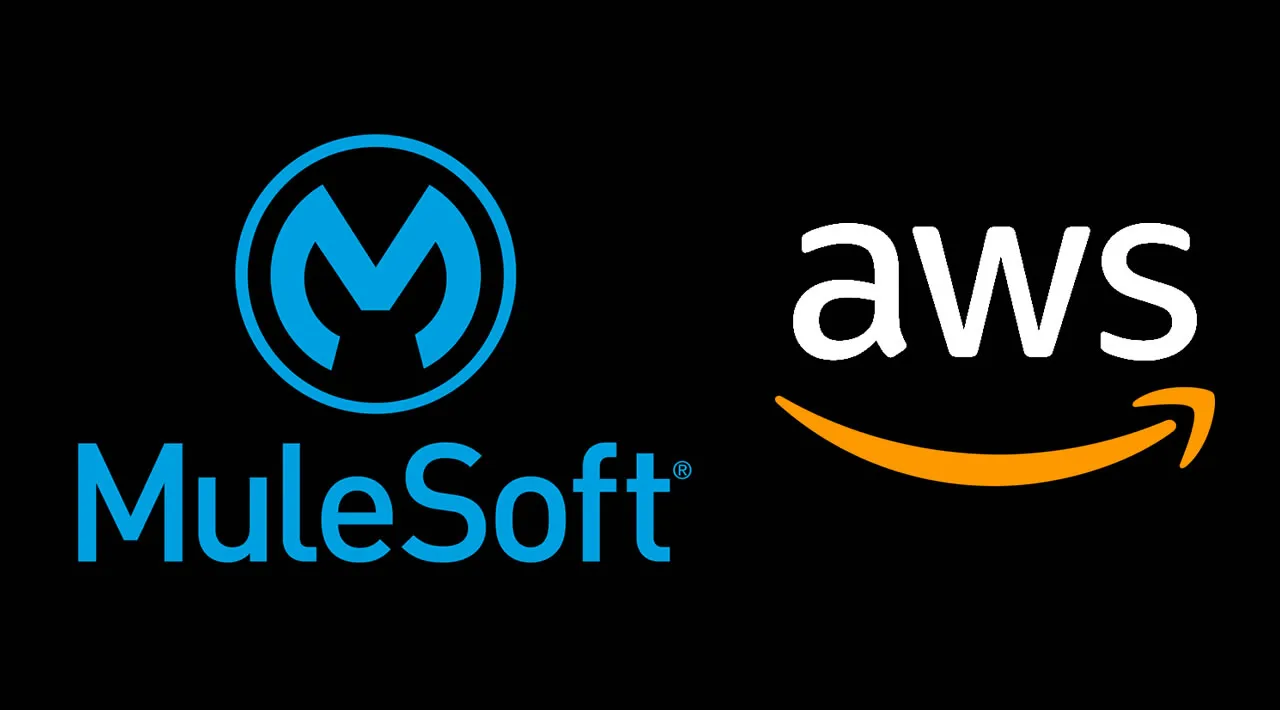This article contains step-by-step information on running the Mule Application in AWS. We will be using complete automation and Terraform to provision AWS resources.
This article contains step-by-step information on running the Mule Application in AWS. Here, Terraform will be used for provisioning AWS resources. Terraform code will help to create an EC2 instance with required inbound and outbound rules and a key pair for logging into the instance, then running script that will set up the run time environment for our Mule Application. Mulesoft has a runtime manager, i.e., CloudHub that can be used to deploy or manage the mule application in a more scalable way. Basically, CloudHub is using the AWS EC2 instance that they call workers in CloudHub to run client applications, though it offers really cool features like proxies, SLAs and etc. The purpose of this tutorial is just to show you an alternative way of running Mule application and After deploying to AWS, You will get a public endpoint for your application that can be tested with any rest client.
#devops #aws #mulesoft #terraform
